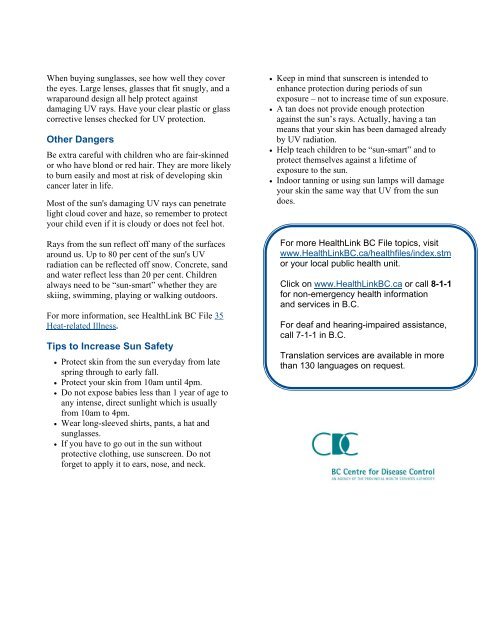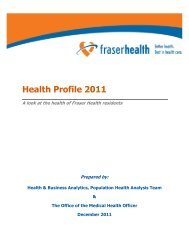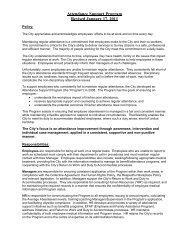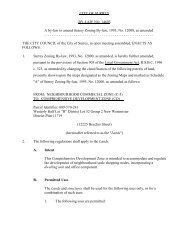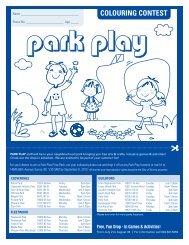"Sun-smart" Your Kids - HealthLink BC File #26 - Printer-friendly ...
"Sun-smart" Your Kids - HealthLink BC File #26 - Printer-friendly ...
"Sun-smart" Your Kids - HealthLink BC File #26 - Printer-friendly ...
Create successful ePaper yourself
Turn your PDF publications into a flip-book with our unique Google optimized e-Paper software.
When buying sunglasses, see how well they cover<br />
the eyes. Large lenses, glasses that fit snugly, and a<br />
wraparound design all help protect against<br />
damaging UV rays. Have your clear plastic or glass<br />
corrective lenses checked for UV protection.<br />
Other Dangers<br />
Be extra careful with children who are fair-skinned<br />
or who have blond or red hair. They are more likely<br />
to burn easily and most at risk of developing skin<br />
cancer later in life.<br />
Most of the sun's damaging UV rays can penetrate<br />
light cloud cover and haze, so remember to protect<br />
your child even if it is cloudy or does not feel hot.<br />
Rays from the sun reflect off many of the surfaces<br />
around us. Up to 80 per cent of the sun's UV<br />
radiation can be reflected off snow. Concrete, sand<br />
and water reflect less than 20 per cent. Children<br />
always need to be “sun-smart” whether they are<br />
skiing, swimming, playing or walking outdoors.<br />
For more information, see <strong>HealthLink</strong> <strong>BC</strong> <strong>File</strong> 35<br />
Heat-related Illness.<br />
Tips to Increase <strong>Sun</strong> Safety<br />
Protect skin from the sun everyday from late<br />
spring through to early fall.<br />
Protect your skin from 10am until 4pm.<br />
Do not expose babies less than 1 year of age to<br />
any intense, direct sunlight which is usually<br />
from 10am to 4pm.<br />
Wear long-sleeved shirts, pants, a hat and<br />
sunglasses.<br />
If you have to go out in the sun without<br />
protective clothing, use sunscreen. Do not<br />
forget to apply it to ears, nose, and neck.<br />
Keep in mind that sunscreen is intended to<br />
enhance protection during periods of sun<br />
exposure – not to increase time of sun exposure.<br />
A tan does not provide enough protection<br />
against the sun’s rays. Actually, having a tan<br />
means that your skin has been damaged already<br />
by UV radiation.<br />
Help teach children to be “sun-smart” and to<br />
protect themselves against a lifetime of<br />
exposure to the sun.<br />
Indoor tanning or using sun lamps will damage<br />
your skin the same way that UV from the sun<br />
does.<br />
For more <strong>HealthLink</strong> <strong>BC</strong> <strong>File</strong> topics, visit<br />
www.<strong>HealthLink</strong><strong>BC</strong>.ca/healthfiles/index.stm<br />
or your local public health unit.<br />
Click on www.<strong>HealthLink</strong><strong>BC</strong>.ca or call 8-1-1<br />
for non-emergency health information<br />
and services in B.C.<br />
For deaf and hearing-impaired assistance,<br />
call 7-1-1 in B.C.<br />
Translation services are available in more<br />
than 130 languages on request.


